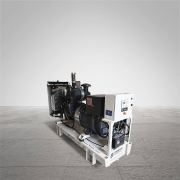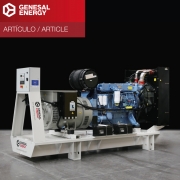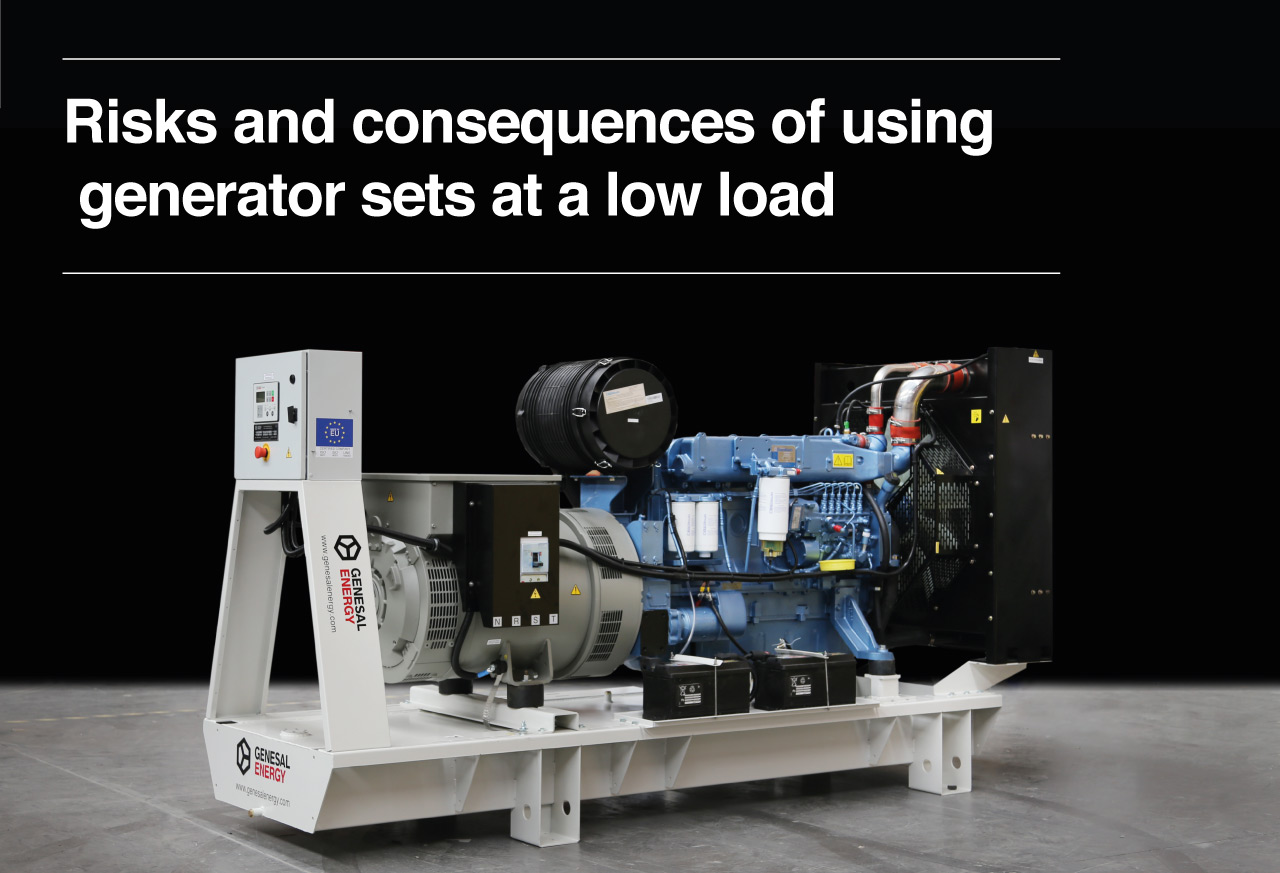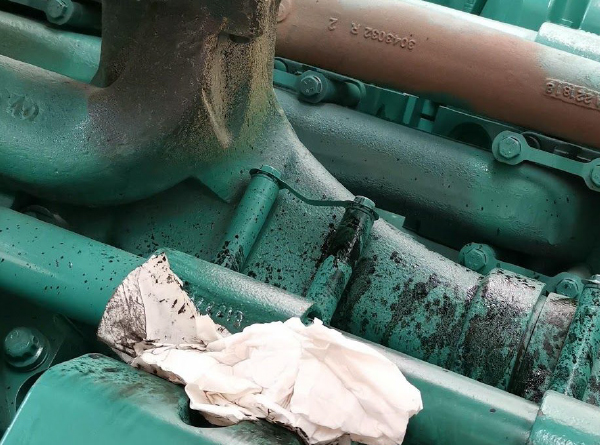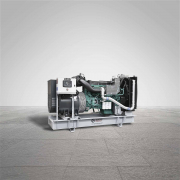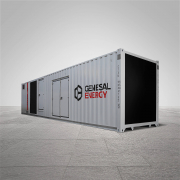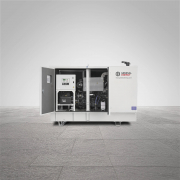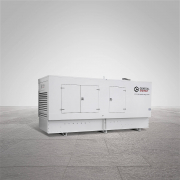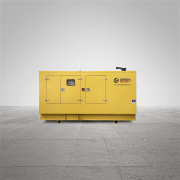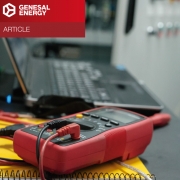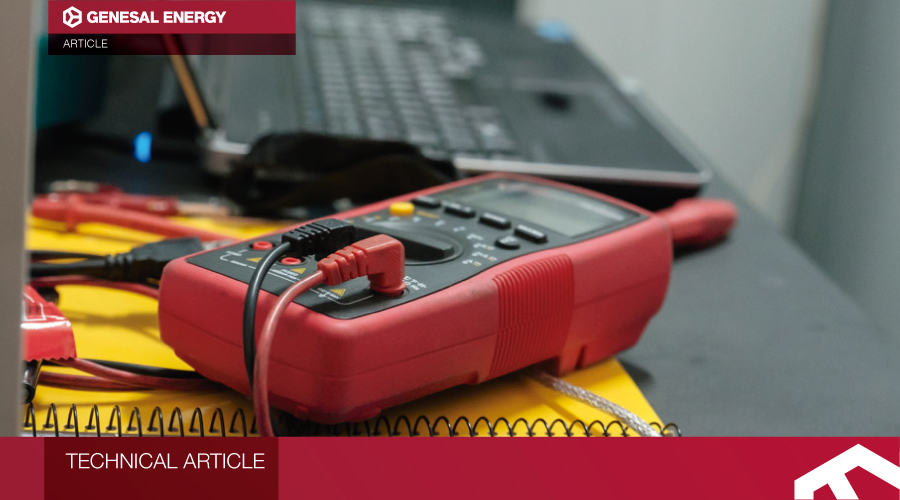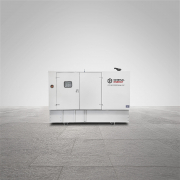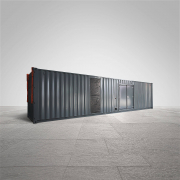Toyota chooses a Genesal emergency genset for its factory in Guanajato (Mexico)
Toyota has trusted in Genesal to deliver emergency power to its Mexican factory in Apaseo el Grande, Guanajato.
The client needed something very specific: a back-up genset for the auxiliary equipment of the switching substation which serves the factory, for which we designed and supplied a 220 kVA special set, capable of providing the necessary support to the factory in the event of a mains failure.
The factory is one of the biggest projects carried out in the Apaseo el Grande municipality and will cause a great economic impact in the area, generating employment for 1.100 people. Furthermore, the installation will complete the production that the Japanese multinational corporation carries out in Baja California, where it currently produces around 170.000 units a year, of which nine out of ten are exported to the United States.
Precision and maximum reliability
In its first stage, this factory will assemble an average of 100.000 units a year of one of their star models: the Tacoma truck. In its second phase, the factory is estimated to produce 200.000 vehicles, reaching 300.000 before the year 2025. According to the company’s estimations, the factory is set to be operational towards the end of this very year.
The design of special generator sets to provide emergency power to great factories has been one of Genesal Energy’s focuses from the very beginning. Likewise, all of our gensets are custom-made after listening to each unique client with the objective to comply with their specific needs. In this case, the unit manufactured for Toyota’s new factory in Mexico has, amongst others, the following features:
Main Features
- Double-walled 1000L fuel tank for 12 hours autonomy at 100% load.
- Start-up through external command.
- Communication system with SCADA System through TCP/IP protocol.
